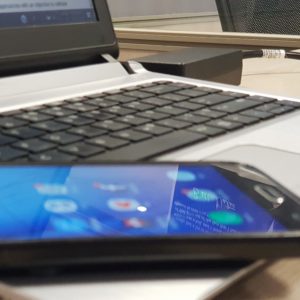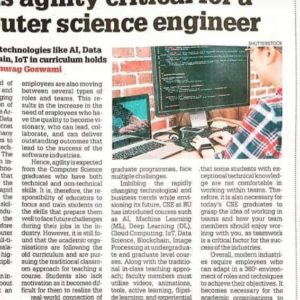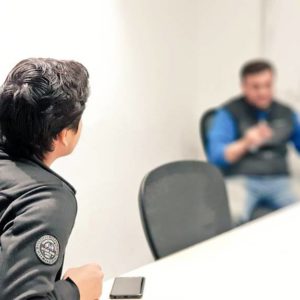RESEARCH
I have been involved in a variety of research areas: Managing inspections using Learning Styles, estimating post-inspection defects using Capture-Recapture models, improving software engineering education, and tracking eye movements of software developers to improve requirements documentation. My multidisciplinary research is a collaborative effort of researchers from India as well as the United States. The experiment ranges participants from both academia and industry.
Deep Learning Techniques to Identify and Adapt to Concept Drift in Data Streams
Concept drift refers to the phenomenon where the statistical properties of the data distribution change over time, making it necessary to continuously adapt machine learning models. Deep learning models can capture temporal dependencies and evolving patterns in streaming data, enabling them to detect and adapt to concept drift efficiently. Additionally, online learning techniques, which update models in real-time as new data arrives, can be combined with deep learning to provide adaptive and accurate solutions for concept drift in data streams, making them invaluable in applications like fraud detection, anomaly detection, and predictive maintenance.

Utilizing Deep Learning Compression Techniques for Low Powered Devices
Currently, deep learning models needs to be deployed on high performance systems. This research aims at achieving the deep learning model compression technique for low power devices (e.g., cell phones). The outcome of the research may open the doors for many solutions for deep learning problems via low-powered devices which is impossible today.

Improving fake news detection via deep learning techniques
Social media giants and the internet is struggling with the effective detection of fake news. This research utilizes deep learning techniques on the social media platform that may leads to improvement in the fake news detection. The research deals with the hybrid techniques as well as may include cognitive factors in the future.

Characterizing Reading Patterns of Software Inspectors Using Eye-Tracking System
The objective of this research is to validate the Learning Styles of software inspectors via their reading patterns. To achieve this goal, data from an eye-tracking device was used that captures the eye movement of inspectors while inspecting requirements document. The work is a collaborative effort between NDSU Center of Visual and Cognitive Neuroscience (NIH COBRE grant) Lab with psychology experts at CVCN. The analysis involved measuring and visualization of eye movement during inspection for inspectors of different Learning Styles and correlating them with their inspection performance.

Improving Fault Detection Effectiveness of Inspectors Using Cognitive Learning Patterns
Learning Styles (LS) have been used by the cognitive physiologists to understand the characteristic strength of an individual to acquire and process information. This research validated that the concept of LS can cross over to software engineering as a means of increasing the inspection effectiveness. Results provide detailed analysis on the effect of the LS of inspectors on fault detection abilities of inspection teams as well as individual inspectors.

WReSTT-CyLE – Web-based Repository of Software Testing Tutorials
Using a Web-Based Testing Tool Repository in Programming Course: I was a research assistant on the STEM-CyLE project at North Dakota State University (NDSU). STEM-CyLE integrates aspects of collaborative learning and social networking features to improve students’ participation in using the available learning materials on software testing techniques and testing tools. I have analyzed the concepts of online education which helps in bridging the gap between industries and academia. Empirical evaluation of the STEM-CyLE are conduced on the student’s acquisition of testing concepts in undergraduate programming courses at NDSU.
